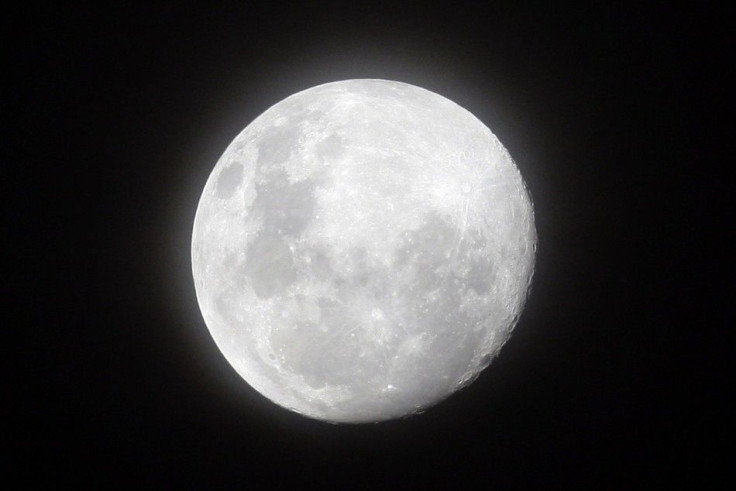SHOCKER: Earth and Moon Younger than Previously Thought

New techniques to study rocks have led researchers to believe that the Earth's moon is actually much younger than previously predicted. The study also has ramifications for the Earth itself, thought to be made of the same material.
Scientists have held that the moon was roughly 4.5 billion years old after a giant object collided with the earth, sending pieces into space -- some staying in orbit around the Earth. The resulting piece that shed from the earth was still hot with energy from the collision, taking tens of thousands of years to cool.
But a new method to analyze ferroan anorthosites (FANs), thought to be the oldest lunar crust rocks, tell a slightly different story. These rocks are the type of rock that is thought to make up the crust of the moon.
Researchers used new techniques to look at rocks collected from NASA's Apollo mission in 1972. Analyzing isotopes of lead, samarium and neodymium within purified samples of these rocks, researchers believe the rocks crystalized about 4.36 billion years ago.
This is well after the moon was originally predicted to have been formed.
The new, younger age obtained for the oldest lunar crust is similar to ages of the oldest minerals on earth, zircons from Australia, suggesting both the earth and crust formed at the same time.
"It's not as ancient as we might think," said study chief author Lars Borg, a geochemist at the Lawrence Livermore National Lab. His study appears online Wednesday in the journal Nature.
Until now, analytical techniques were not sophisticated enough to date the sample of FAN rock.
But technology now allows isotopes of the elements lead and neodymium to be measured and dated, giving a more accurate age of the rocks.
The researcher said that the findings allow for one of two possibilities: the moon is 200 million years younger than previously thought, or the theory that the moon use to be a molten ocean is wrong.
Borg's discovery, published in the latest Nature, comes on the heels of a proposal that the Earth once had two moons that later merged in a slow-motion collision.
This could explain the varying ages that have been reported for lunar FAN samples, but Borg is cautious: "The ages of most FANs are not determined with enough confidence or with enough temporal resolution to rigorously assess this possibility."
The study is also based off a single sample of rock, which may not characterize the whole moon.
Possibilities remain for the rock to have its origin in a smaller molten rock ocean, or at the time when the moon was bombarded by space debris which was much more common a few billion years ago.
© Copyright IBTimes 2024. All rights reserved.





















